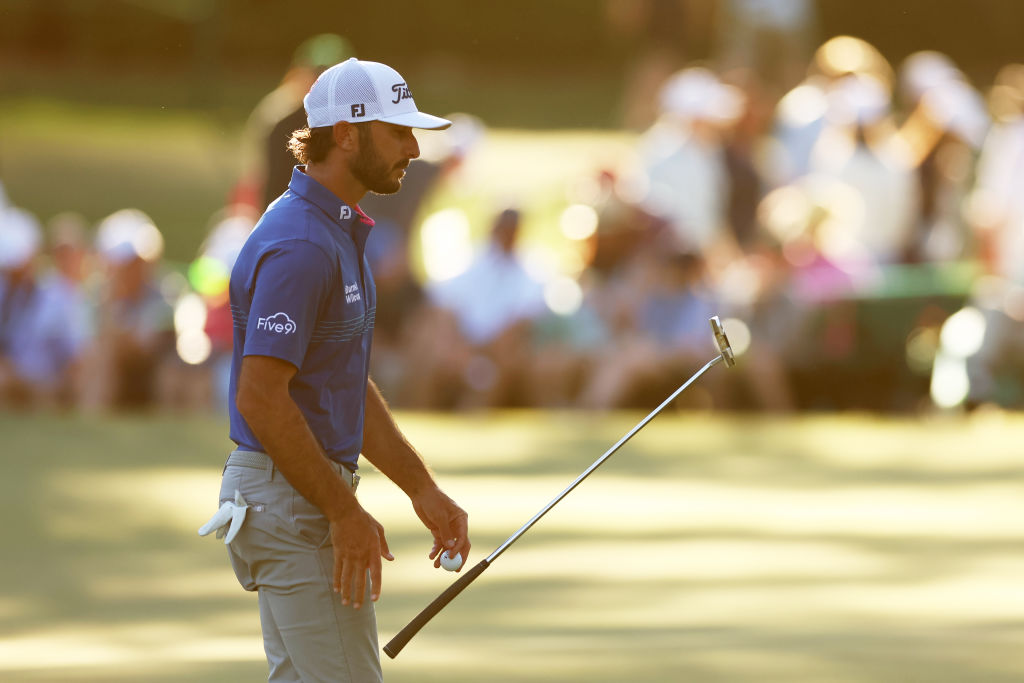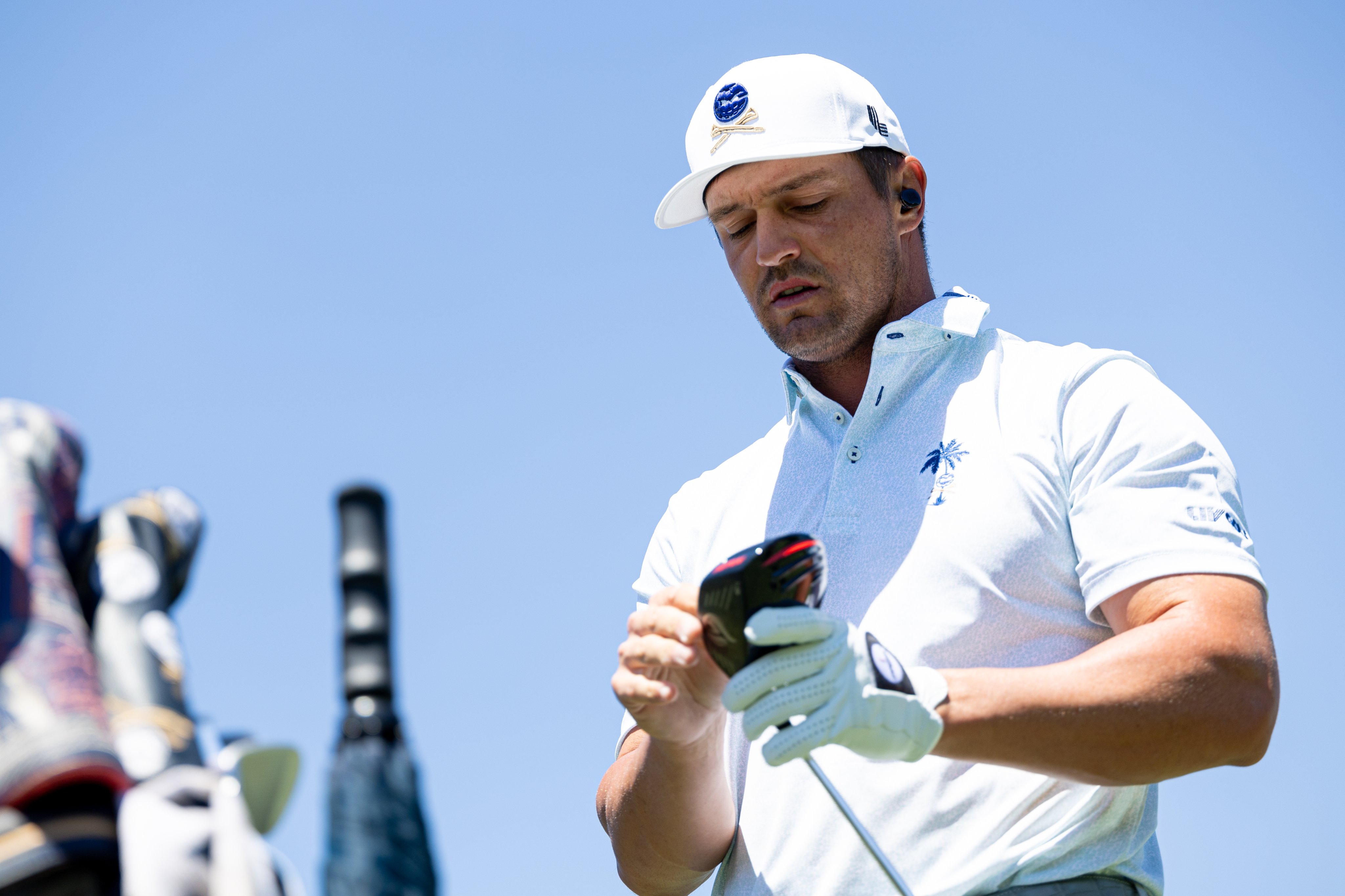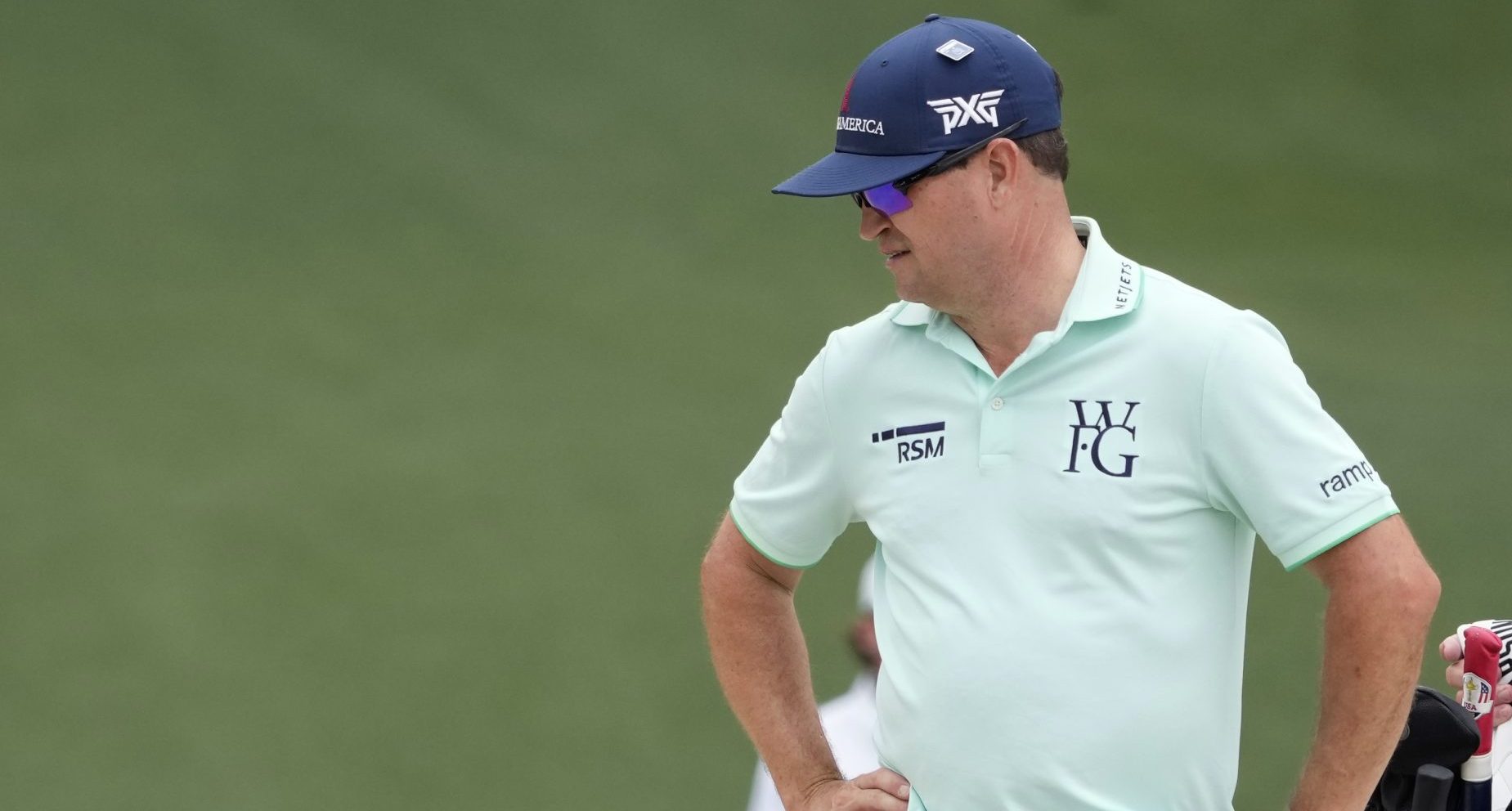Golf Instruction
How to Visualize Your Golf Shot

If you happened to catch any of the 2015 PGA Championship coverage recently, you saw Jason Day put on an incredible performance. Not only was he launching the ball huge distances down the fairway, he was also holding steady on the greens and making an impressive number of birdie putts. In the end, Day captured his first major title and held off superstar Jordan Spieth in the process.
Golf fans who were paying close attention also noticed something interesting about Day’s performance – his visualization process that was repeated prior to every shot.
Throughout the event, the cameras caught Day taking a moment to stand behind the ball and visualize the flight of the shot prior to stepping up and making a swing. While plenty of pro golfers use visualization techniques in one form or another, this was an obvious example of a player placing great emphasis on this area of the game.
So, if visualization is a key part of Jason Day’s success, is it something that you should consider adding to your game?
In a word, yes.
What is Visualization?
The process of picturing the flight of your golf shot before you actually hit it is called “visualization” or “visualizing your golf shot.” While it might not seem like picturing your shots could do much for your game, it is actually a powerful way to improve your performance.
If you are skeptical about the ability of visualization to lower your scores, try to put aside that doubt and give it a try for yourself – you just might be amazed at the results. Additionally, visualization is nothing new in sports and has been employed as a regular practice by golf greats including Tiger Woods and Jack Nicklaus.
“Noted as one form of mental rehearsal, visualization has been popular since the Soviets started using it back in the 1970s to compete in sports. Now, many athletes employ this technique, including Tiger Woods who has been using it since his pre-teen years. Seasoned athletes use vivid, highly detailed internal images and run-throughs of the entire performance, engaging all their senses in their mental rehearsal, and they combine their knowledge of the sports venue with mental rehearsal. World Champion Golfer, Jack Nicklaus has said: “I never hit a shot, not even in practice, without having a very sharp in-focus picture of it in my head”. Even heavyweight champion, Muhammad Ali, used different mental practices to enhance his performance in the ring such as: “affirmation; visualization; mental rehearsal; self-confirmation; and perhaps the most powerful epigram of personal worth ever uttered: ‘I am the greatest.'”
Visualization is often used on full swings, but it can actually be put to use all the way through the green. Visualizing your putts is just as powerful as visualizing your full shots, so mastering this skill can help you play better from tee to green.
Just like your swing technique, visualization is something that can be practiced on the driving range. It will take more time to hit a bucket of balls if you are visualizing each shot before making a swing, but the reward will be better performance when you head out onto the course.
Two Visualization Techniques
There are two commonly used visualization techniques that you may see from time to time on the golf course. Each technique is a viable option, so you will need to try them both out for yourself before deciding which works best for you.
The first option is to emulate the approach used by Jason Day. In this method, you will stand behind the ball and visualize the entire flight of the shot prior to walking up and taking your stance.
To use this method effectively, it is crucial that you take your time to picture the shot in great detail. Visualization is not something you can do halfway – you really need to commit to the process. Start by looking down at the ball, and picture it taking off into the sky and floating all the way to your target. Picture the curve of the shot in the air, and how it is going to bounce and roll when it lands. The more detailed the visualization the better so don’t be afraid to close your eyes (like Jason) and really use your imagination to create an image of the shot in your mind.
Once you have completely visualized the shot, step up and take your stance, and then let it fly.
The other option is to visualize your shot after you are already in your stance. With this technique, you will align the club, get your feet set into position, and then look up at the target to visualize the shot. The advantage of this technique is that it usually works faster than the other option – so if you are worried about slow play, this is a good choice for you. However, you will likely have a harder time picturing the shot in detail, so the benefit of visualization may not be as strong when trying this method.
Rehearsing Your Visualization
You wouldn’t go directly out onto the course to try out a new swing technique, and you shouldn’t go directly to the course when trying to learn how to visualize your shots either. Instead, head to the driving range when you decide that you would like to add a visualization process to your pre-shot routine. Remember that good visualization, like a good swing, takes practice and repetition, both of which can be found on the range.
During your next visit to the range, try using the following step by step process to sharpen your visualization abilities.
Step 1 – Pick a Target
Select a target on the range, and then pick a club that is appropriate for that target. You should be going through the club selection process just as you would do on the course – if you hit a 7-iron 150 yards normally, use your 7-iron to aim at the 150 marker.
Step 2 – Visualize the Shot
Prior to hitting a shot, visualize the entire ball flight from start to finish. Are you going to hit a draw, or a fade? How high is the ball going to climb up into the air? What flight path will the ball take through the air? Think about all of these details in advance, and factor them into your visualization.
A good way to start thinking about visualization is by watching the “protracer” that’s often shown during PGA TOUR events on TV. In a similar fashion you can “trace” the shot in your mind before even making your swing. The visualization you create can be an imaginary flight path line through the air similar to what the “protracer” displays.
Step 3 – Let it Fly
With your visualization complete, go ahead and hit the shot. Watch the ball fly through the air and compare it to the picture you had created in your head. Obviously, the goal is to replicate the shot you saw during your visualization when you actually hit the ball.
Step 4 – Repeat, Repeat, Repeat
Repeat this process over and over again throughout your entire practice session. It will require patience to practice this way, but the benefits will be worth your time. Additionally, don’t get discouraged if your ball flight doesn’t match your visualization right away, or from time to time after that. Everyone hits bad shots now and then (even the pros) and the idea is to stick with it as the benefits of visualizing your shots mentioned earlier certainly outweigh the time it takes to work this process into your routine.
Final Thoughts
Will adding visualization to your golf game suddenly turn your slice into a powerful draw? No, probably not. However, when you visualize each shot that you hit throughout a round, you can improve your consistency by having a very specific plan for your ball flight.
Most amateur golfers simply walk up to the ball and swing away, which is not an effective way to play great golf. Visualization won’t turn you into the next PGA Champion, but it certainly can go a long way toward helping you lower your scores.
Cover Photo by Omar Rawlings on Flickr
-
Equipment6 days ago
Bryson DeChambeau is Using Custom 3D Printed Irons at The Masters
-
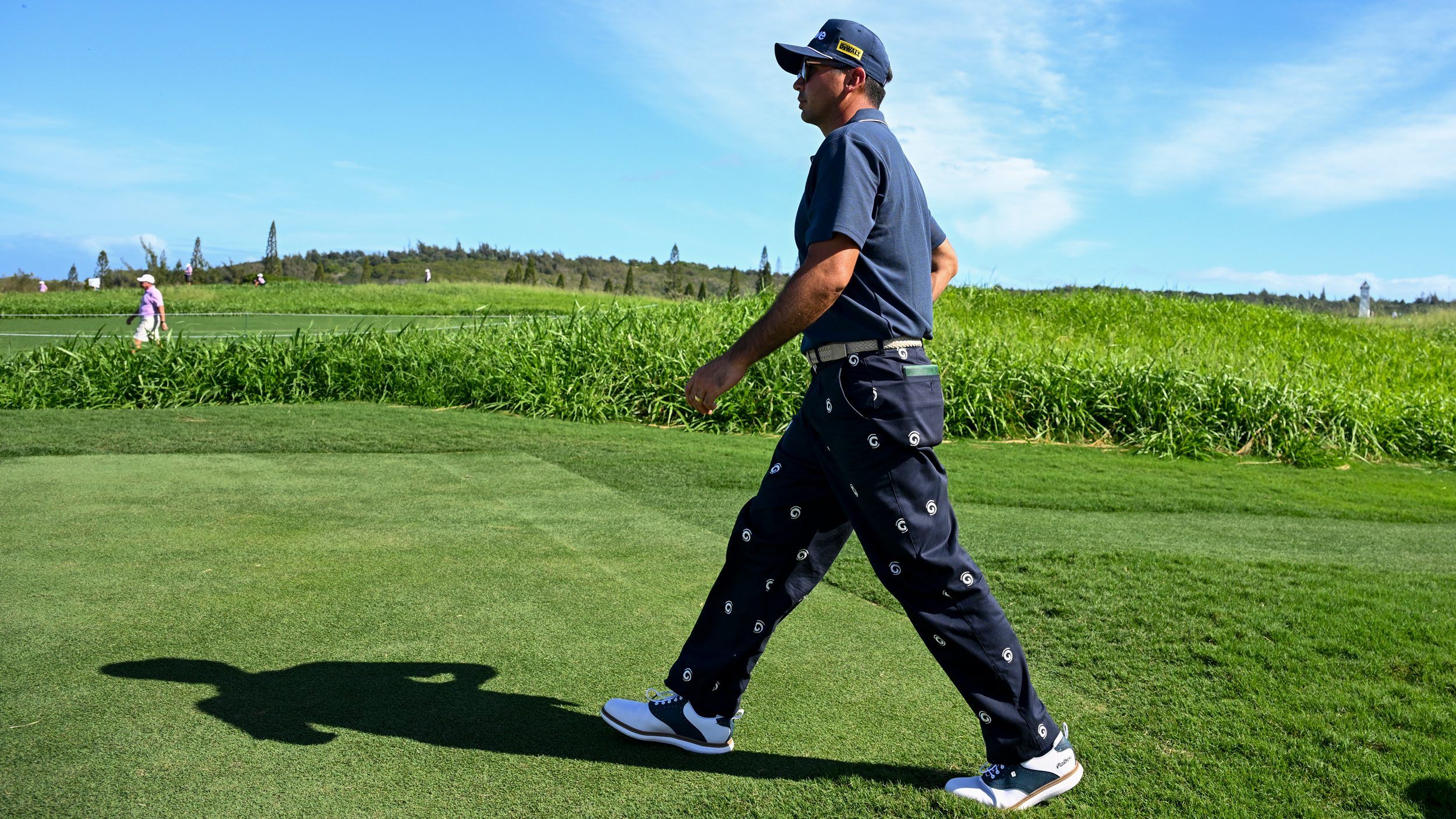
 News1 week ago
News1 week agoMalbon Has Jason Day Looking DAPPER for The Masters
-

 Fantasy Golf Predictions4 days ago
Fantasy Golf Predictions4 days agoFantasy Golf Picks, Odds, and Predictions – 2024 RBC Heritage
-
News7 days ago
U.S. Open Champ Takes a Dig at DeChambeau, but Is It Warranted?
-
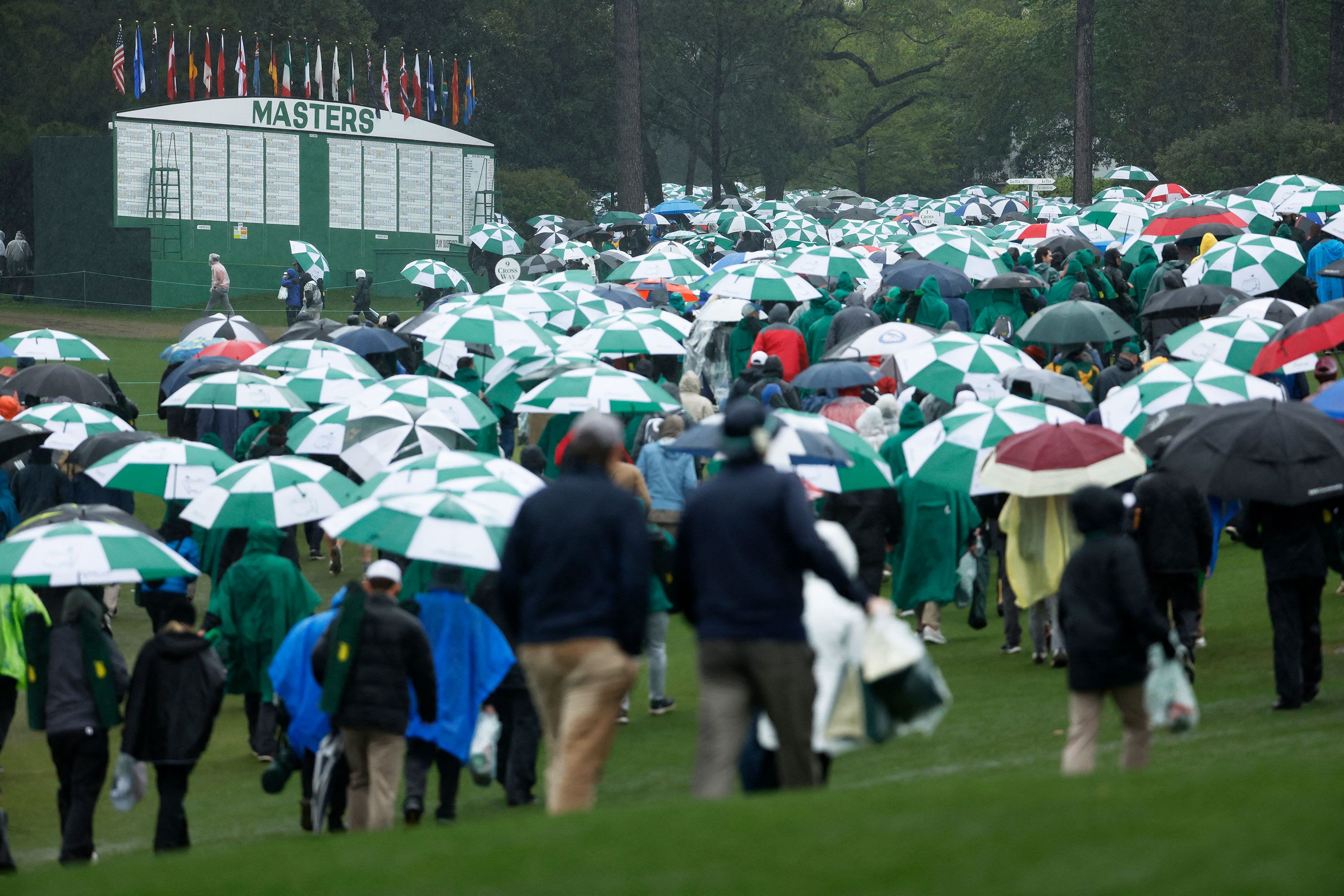
 News1 week ago
News1 week agoDark Skies Ahead: Masters Forecast to Favor Bad Weather Golfers
-

 News1 week ago
News1 week agoLANDSLIDE: Brandel Chamblee Predicts a Runaway Victory for Past Masters Champ
-
News6 days ago
WATCH: Frustrated Ryder Cup Caption has Choice Words for Masters Patrons
-

 Apparel1 week ago
Apparel1 week agoViktor Hovland Joins Team Puma


